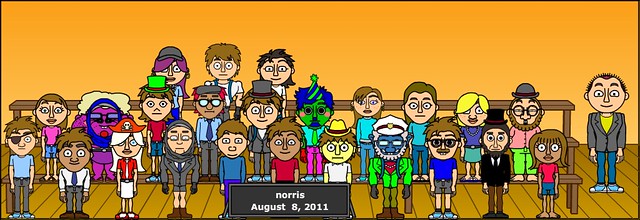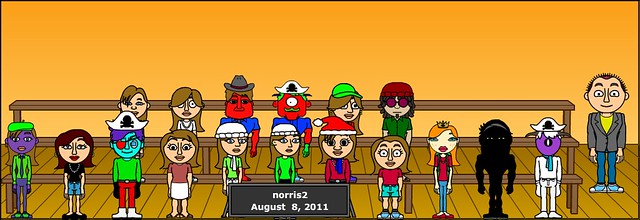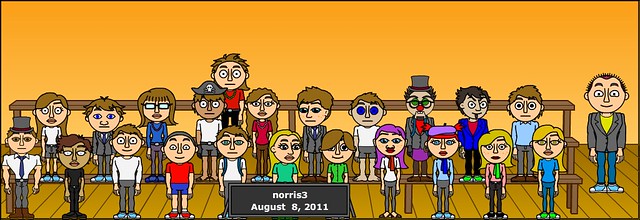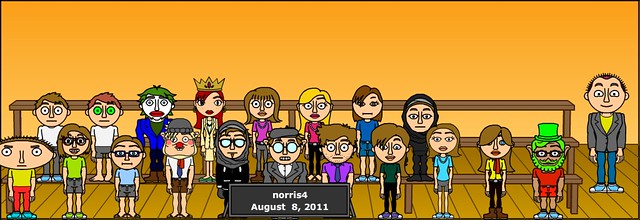
Before I give you my thoughts on Gary Paulson’s look at growing up, I want to share a story.
When I was around 12 years old or so, a bunch of friends and I created this very elaborate bicycle jump park in the woods near us. It had ramps, jumps, obstacles and all of the wild things you can do with rocks and logs and a few boards. Pretty cool. One day, a friend of mine finagled a jump that was higher than we had seen before. And he put it right at the bottom of a hill. And he dared me to jump it. Well, what I was supposed to do? I took up on that dare. I remember being at the top of the hill, looking down, and thinking: maybe this isn’t such a good idea. Too late. My friends were waving their hands, shouting. I took off, and quickly that thought of “maybe this isn’t such a good idea” came floating into my head.
I hit the jump perfectly, as it turned out. The air below me was incredible. What I didn’t count on was my front tire of the bike coming off in mid-air. Time really does slow down, did you know that? I could see the tire falling and thought, Shoot (well, take away the o‘s and add an i and you get the idea), and the bike came crashing down, skidding to a sudden stop as the front forks dug into the sand. My head kept moving, though, thanks to Newton’s Laws of Accidental Physics, and my mouth slammed into the handlebars. Blood flowed. And part of my front tooth was now gone. I staggered back home with a broken bike, a broken tooth and … a story to tell for the next few years.
I bring this bit of personal history up because while I was laughing out loud as I was reading How Angel Peterson Got His Name, I was also nodding my head and thinking: yep, I can see that happening. Getting trapped in a pickle barrel that you want to send over a small waterfall? Yep. Putting on skis and tying rope to a fast car to beat a world record? Yep. Making a glider out of an old WWII Army kite and trying to fly? Yep. In my mind, those narratives (which are true stories of Paulson’s childhood) are all plausible. Kids, particularly boys, are pretty dumb when it comes to impulsive “what if” events, and are aleways ready to do anything for a thrill. It helps that Paulson and his crew had no television and very little other entertainment in their lives. They were on their own (we were, too, although I am not as old as Paulson) and made their own fun. Sometimes, that was dangerous.
I have to admit: it’s hard for me to see my own kids doing some of the things that go on in this book, although my middle son loved this collection of stories. I don’t know if that worries me or not, you know? He hasn’t come home with a chipped tooth yet. But he and his friends are so … safe. As a parent, I like that. I want them as safe as possible. As a fellow boy, well, I want to build him a giant ramp and dare him to go down it at top speed … just to see what happens.
How Angel Peterson Got His Name is a wonderful collection and a fairly quick read, and it would be be perfect for the upper elementary or middle school boy who might be a bit reluctant to read non-fictional text. (I am already thinking how to use a chapter here for some narrative writing). Paulson will surely draw those readers in (maybe drag them in) with his hilarious adventures and character sketches of his childhood friends.
I have no idea if girls would even find it funny.
Peace (in the daring adventures of childhood),
Kevin




